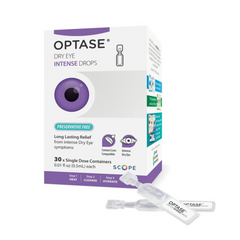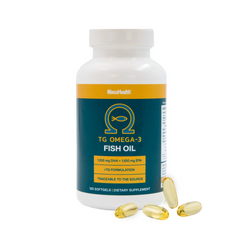Let’s start with MYZE.
Launched in 2022, MYZE is a digital health platform with the specific focus on managing daily eye health via personalized eye care routines, products, and educational resources curated by eyecare professionals (ECPs)
Why focus on dry eye and gaming?
Great question …. a reported 227+ million Americans play some sort of video game. (As a comparison, there’s over 335 million people and counting in the U.S.)
And based on results from the American Optometric Association’s (AAO) 2022 Gaming Survey, these gamers spend 8+ hours a day using handheld electronic devices; of that, 4 hours are spent playing video games.
As a side note, the AOA’s recently-launched Blink Land mobile board game is also geared towards targeting eye health and gaming (read here for details on that).
Gotcha. So who conducted this research?
The institutional review board (IRB)-approved study was conducted by Edmund P. Farris, MD, an associate clinical professor of Ophthalmology at New York Eye and Ear Infirmary of Mount Sinai as well as co-founder and chief medical officer (CMO) of MYZE.
Now talk about the study.
A cohort of 41 college students were placed in one room and directed to continuously play video games over a 4-hour period of time, breaking for 5 minutes every hour and limited to a maximum fluid intake of 500 cc, according to the poster abstract.
What was measured?
Measurements of temperature and humidity were taken each hour, and the following tests were administered both before and after the 4-hour period:
- Standard Patient Evaluation of Eye Dryness (SPEED) questionnaire
- Ocular Surface Disease Index (OSDI) questionnaire
- Snellen visual acuity (VA) at distance and near
- Tear Osmolarity Test (Trukera Medical)
- Schirmer test without anesthesia
- Matrix-Metalloproteinase (MMP)-9 levels (QuidelOrtho)
And the findings?
The average SPEED score, frequency of soreness/irritation, corresponding severity, frequency of eye fatigue and severity of eye fatigue all increased by the following:
- SPEED score
- +1.84 fold (baseline: 2.76 ± 3.43, final: 5.07 ± 4.97, p = 0.001)
- Frequency of soreness/irritation
- < 3 fold (baseline: 0.2 ± 0.46, final: 0.63 ± 0.86, p = 0.001)
- Corresponding severity
- +2.5 fold (baseline: 0.22 ± 0.47, final: 0.56 ± 0.84, p = 0.009)
- Eye fatigue
- x2 (baseline: 0.56 ± 0.87, final: 1.02 ± 0.96, p = 0.007)
- Eye fatigue severity
- +2.4 (baseline: 0.46 ± 0.67, final: 1.1 ± 1.11, p = 0.0004)
What about MMP-9 levels?
Per the poster findings, a reported 36% of participants who had exhibited normal MMP-9 levels prior to the study exhibited elevated levels afterward.
And the temperature/humidity?
These remained constant:
- Temperature = (22.92 ± 1.11 °C)
- Humidity = (48.5 ± 3.19%)
Any statistically significant findings from the other measurements?
According to the abstract, all other parameters’ changes from the start to the end of the study were not statistically significant.
So what was the conclusion?
The findings indicate that “prolonged periods of gaming in front of a digital screen can lead to the development of dry eye symptoms,” according to the poster presentation.
Specifically, eye soreness/irritation and fatigue as well as increased inflammatory mediators in certain participants were noted.
And the significance?
Per the authors, this study was the first of its kind to show the production of dry eye symptoms that were specifically targeted on the gaming community of players.
These poster findings (#1) were presented at the 2023 East West Eye Conference in Columbus, Ohio which took place from November 1-4, 2023.





